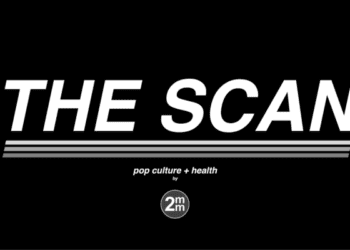Transgender youth at increased risk for sexual assault with restrictive bathroom policies
1. In this nationwide survey, the majority of transgender or nonbinary youths were significantly more likely to experience sexual assault when subjected to restrictive restroom or locker room use, meaning they were prohibited from using a restroom or locker room which matched their gender identity.
2. Of the various gender identity groups studied, transgender girls had the most significantly increased risk for sexual assault when subjected to restrictive restroom use.
Evidence Rating Level: 4 (Poor)
Study Rundown: In the United States, transgender or gender non-conforming adults and youths are at much higher risk of sexual assault. Despite this increased risk, little is known about what specific factors contribute to sexual violence. Through a national survey, researchers explored whether or not restrictive restroom or locker room use was associated with increased rates of sexual assault experienced by transgender and gender nonbinary adolescents. Restrictive restroom use was defined as adolescents being told by school officials they could not use the restroom matching their gender identity. Transgender girls, transgender boys, and nonbinary assigned female at birth (AFAB) adolescents all reported increased rates of sexual violence in association with restrictive restroom use. Of the gender groups studied, transgender girls had the most significantly increased risk for sexual assault when subjected to restrictive restroom use. An important strength of the study is its large sample size, which includes adolescents from every state in the United States. A notable weakness is the large majority of respondents being assigned female at birth. Authors of the associated editorial importantly, linked below, noted that while parents of cisgender children may express fear that their children will be “damaged” by the presence of gender-nonconforming youths, it is transgender and gender nonbinary youths themselves who often experience victimization or violence.
Click here to read the article in Pediatrics
Click here to read the accompanying editorial in Pediatrics
Relevant Reading: “Kicked out”: LGBTQ youths’ bathroom experiences and preferences
In-Depth [survey]: Researchers analyzed data from the LGBTQ Teen Study, an anonymized online study for adolescents ages 13-17 years in the US. The study ultimately included 3673 adolescents (average age 15.4 + 1.3 years; 68.1% white). A plurality of the respondents were from the southeast United States (35.4%). Of the respondents, 90% were assigned AFAB, while the remaining 10% were assigned male at birth (AMAB). The total prevalence of sexual violence reported in the prior 12 months was 25.9% (95%CI 24.4%-27.3%). Sexual violence was the highest among transgender boys (26.5%) and nonbinary AFAB youth (27.0%). After adjusting for confounding variables, transgender girls (adjusted risk ratio [ARR] 2.49, 95%CI 1.11-4.28, p = .027), nonbinary AFAB (ARR 1.42, 95%CI 1.10 – 1.78, p = .012), and transgender boys (ARR 1.26, 95%CI 1.02-1.52, p = .042) reported increased rates of sexual violence in association with restricted restroom use. Nonbinary AMAB respondents demonstrated no increased risk of sexual violence with restricted restroom use (ARR 0.82, 95%CI 0.27-2.08, p = .673).
Image: PD
©2019 2 Minute Medicine, Inc. All rights reserved. No works may be reproduced without expressed written consent from 2 Minute Medicine, Inc. Inquire about licensing here. No article should be construed as medical advice and is not intended as such by the authors or by 2 Minute Medicine, Inc.






